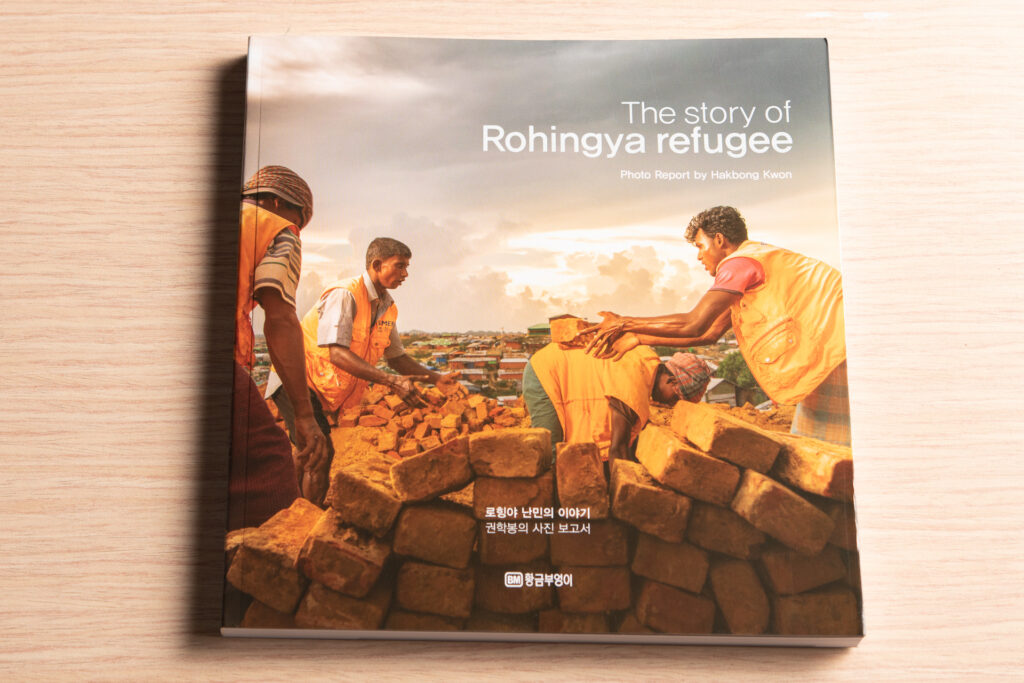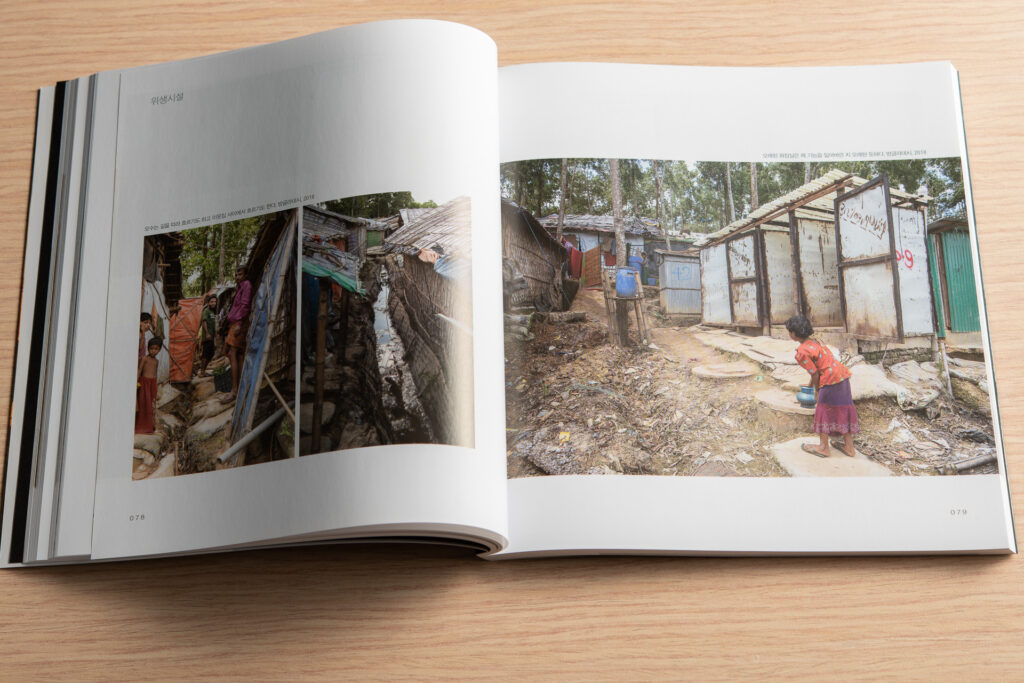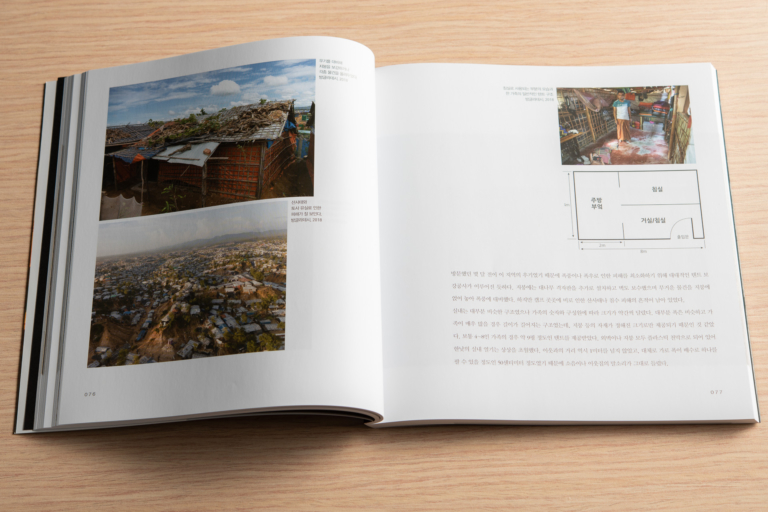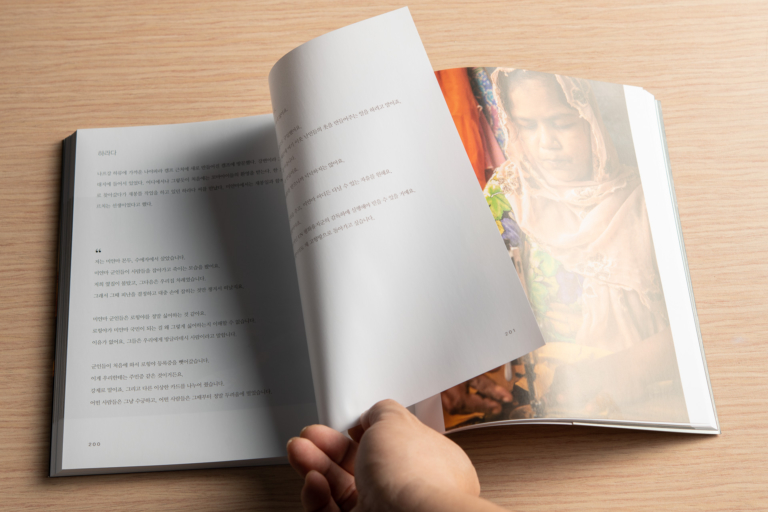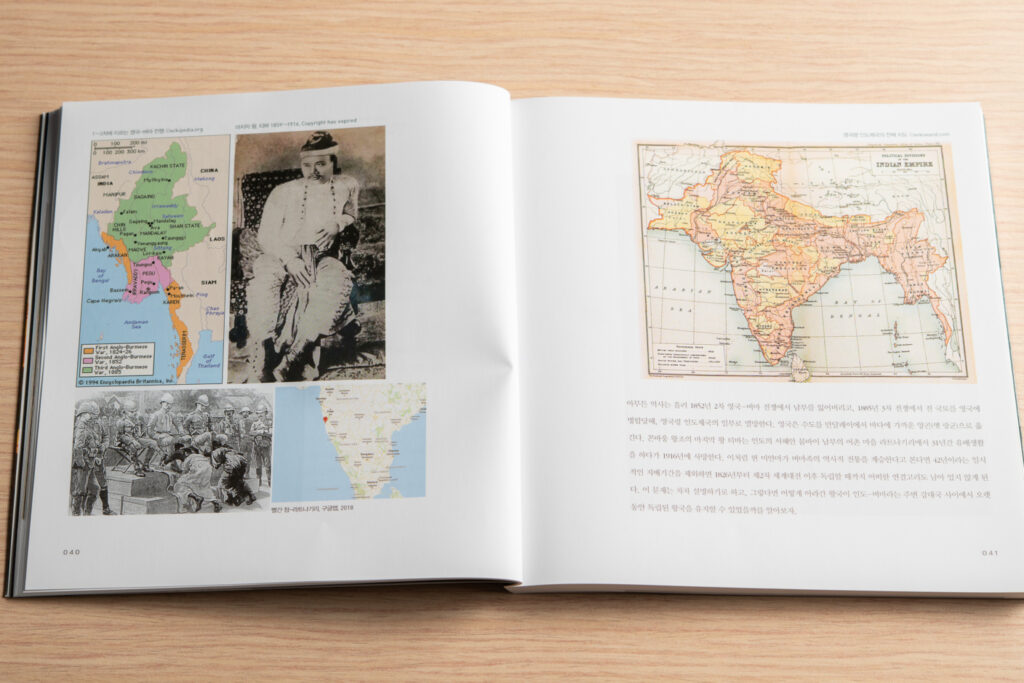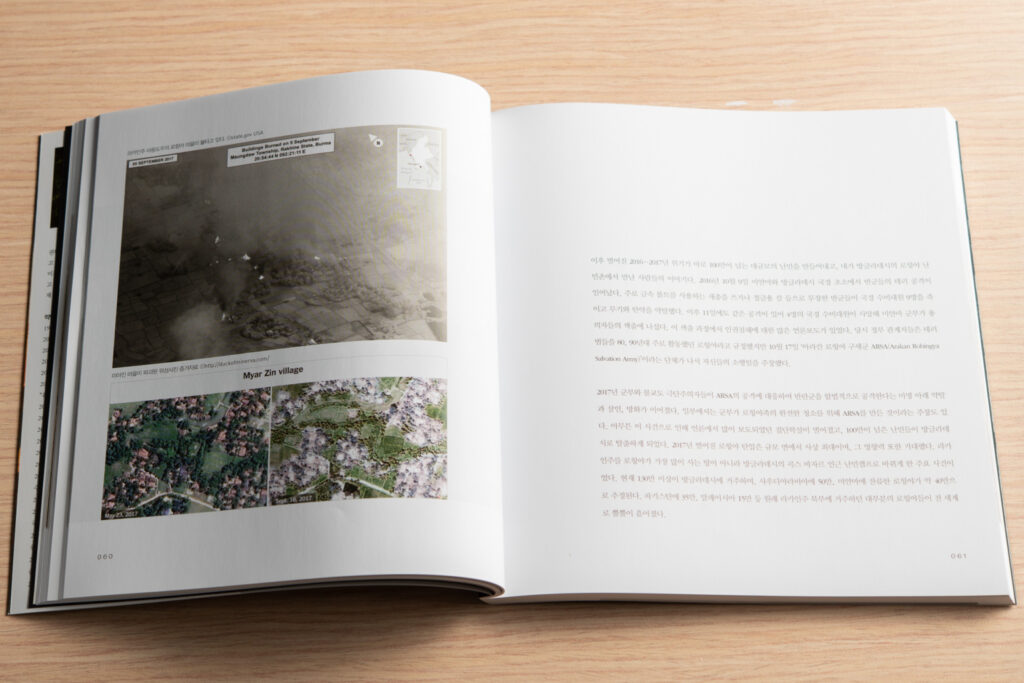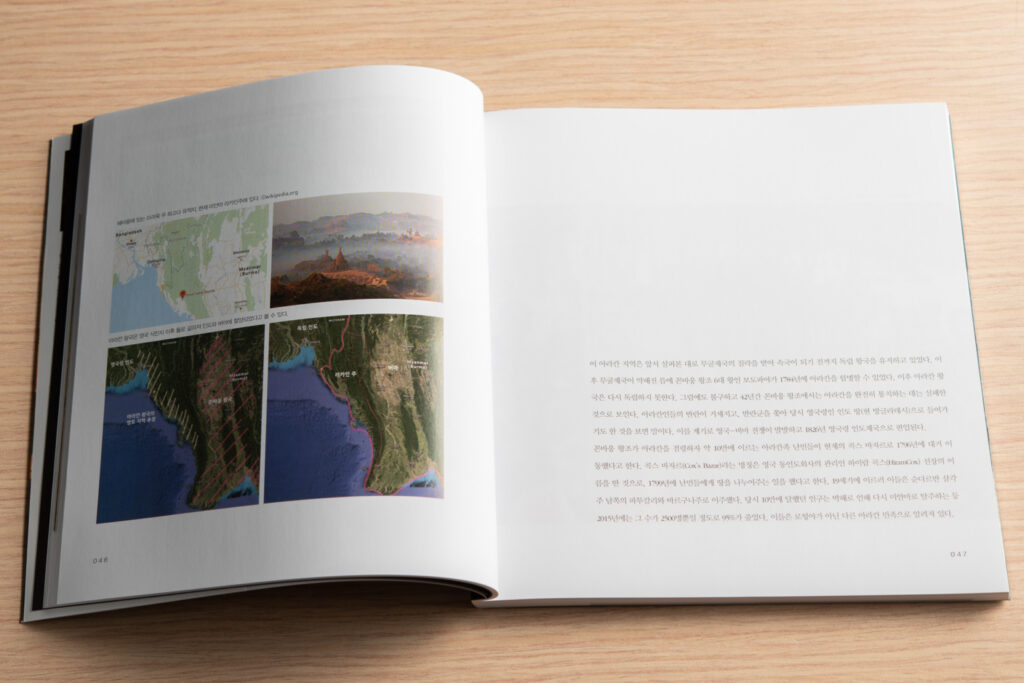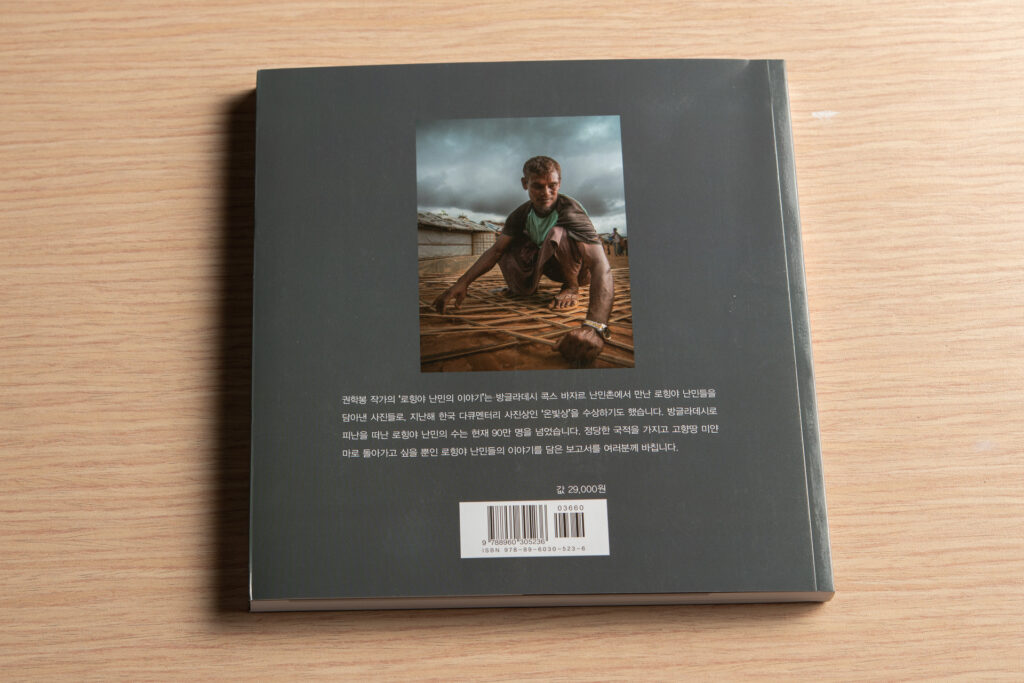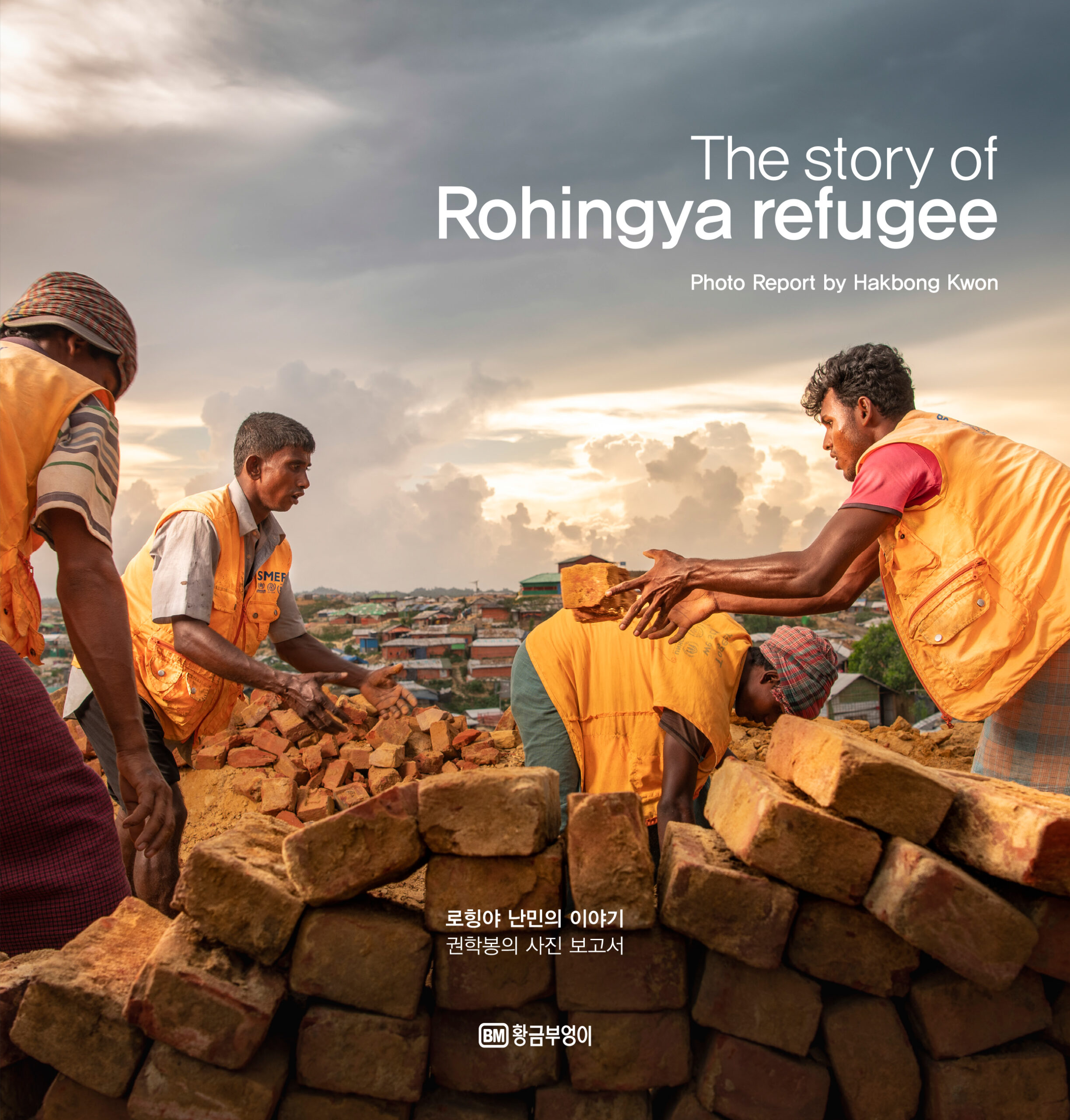
The Story of Rohingya Refugees: A Photographic Report by Hakbong Kwon
A documentary photography report based on direct fieldwork in the Rohingya refugee camps along the border of Bangladesh.
Rather than relying solely on conventional photojournalism, the photographer presents the Rohingya people’s lives and voices through the lens of interpreted reality.
This work offers a concrete example of a real-world documentary process—including on-site interviews, portrait photography with lighting, and the entire production workflow.
It is both a visual report and a reflective inquiry into how photographers can engage with social issues through their own perspective.
Author’s Note on The Story of Rohingya Refugees: A Photographic Report by Hakbong Kwon
When I first decided to document the Rohingya refugee crisis, I knew I had to go beyond simply capturing the tragic scenes unfolding before me.
Numerous media outlets were already covering the facts and timeline of the situation, but the people behind the headlines—the individuals—remained obscured.
What I truly wanted to understand was: Who are they? Where did they come from? What have they gone through? And what kind of lives are they living now?
This photo report began with those questions.
The fieldwork and photography took place in the Rohingya refugee camps near the Bangladesh border.
Focusing on the one-year mark since their initial resettlement, I stayed in the camps for two weeks, living alongside the refugees—sharing the same heat, dust, and discomfort—while continuing to document their lives.
Many of them told me about their family’s hometowns.
They vividly remembered the names of the villages where their fathers, grandfathers, and great-grandfathers were born.
They could clearly articulate where their identity came from.
These weren’t just refugees—they were people forced to leave their ancestral homes.
In the field, I asked questions, I listened, and I photographed.
Photography is sometimes a form of evidence, and other times an act of interpretation.
I aimed to visually translate the stories hidden in their expressions, gestures, and voices.
Though uncommon in traditional documentary, I chose to use lighting in my portrait sessions.
To me, this approach could serve as a way to emphasize truth through intentional fiction.
The faces in front of the camera were not to be seen merely as victims,
but as dignified individuals who had endured suffering and survived.
This book is a visual record of the field I visited,
a report that relays their voices,
and a proposal for how photography can meaningfully engage with social issues.
Photography, at times, holds the power to break silence.
If these photographs make someone stop for a moment, ask a question, or care just a little more—then that is enough.
The Story of Rohingya Refugees was a turning point for me as well.
It made me question once again why I photograph, and it deepened my contemplation on what images can truly achieve.
Through this book, some may learn about the Rohingya crisis for the first time,
while others may imagine new possibilities for documentary photography.
My goal is to become that starting point.
And if these images give even one person a reason to pause—then I believe this project was more than worthwhile.

